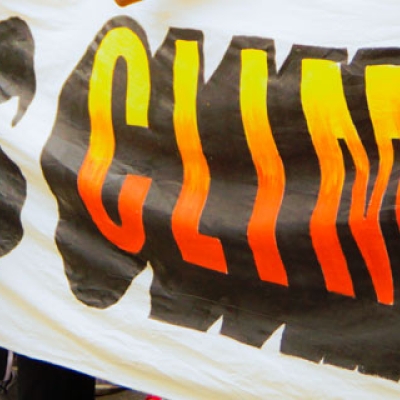
Adjusting to Forests that Won't Stand Still
By Richard Waring, Joe Landsberg / On January 30th, 2017
For a long time we ecologists thought that we could predict not only how forests would grow but also how their composition was likely to change over time. And we could predict the effects of management actions: for example, If we chose to thin stands of trees in certain ways, we would expect predictable increases in the growth of the remaining trees, with more shrubs, grasses, and seedlings colonizing the gaps below the trees.


